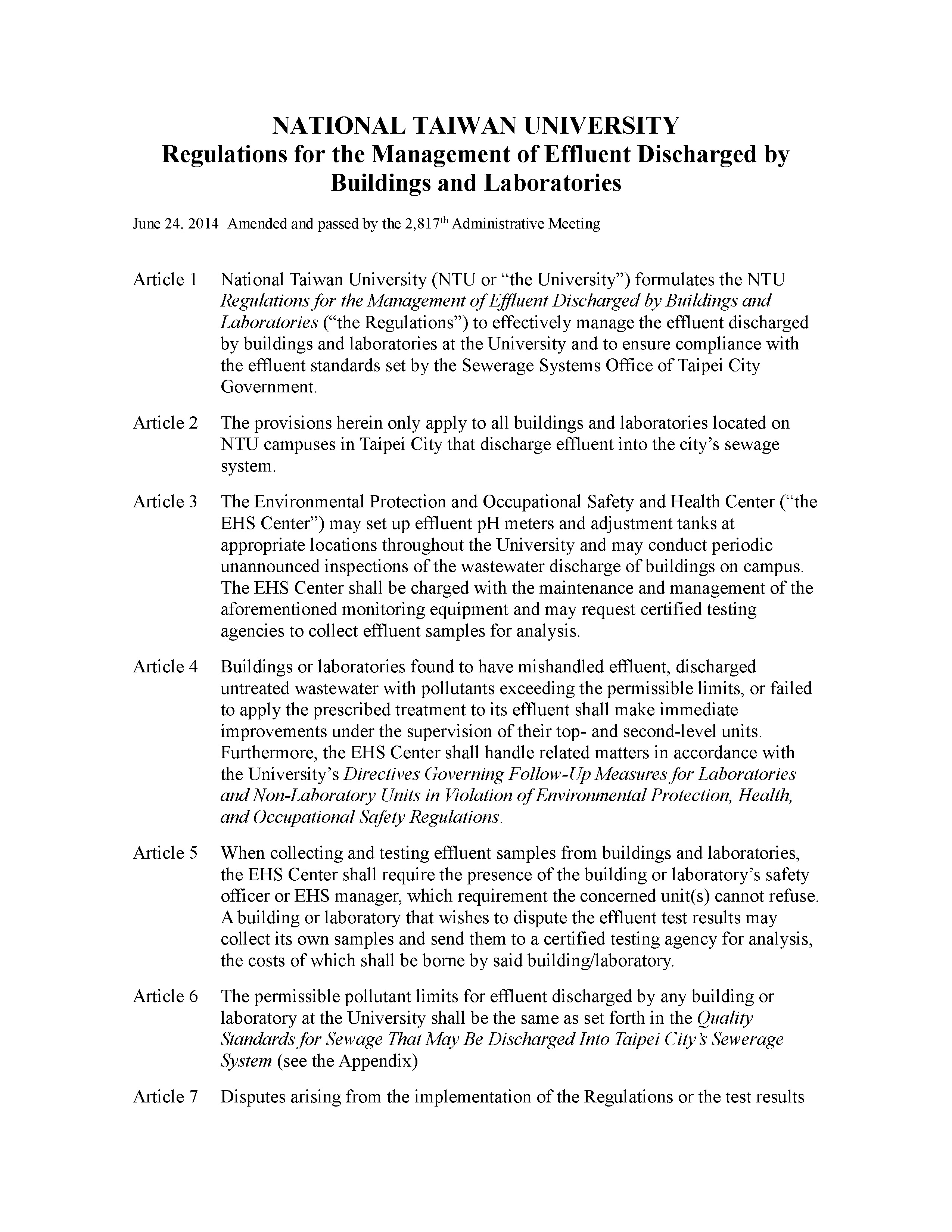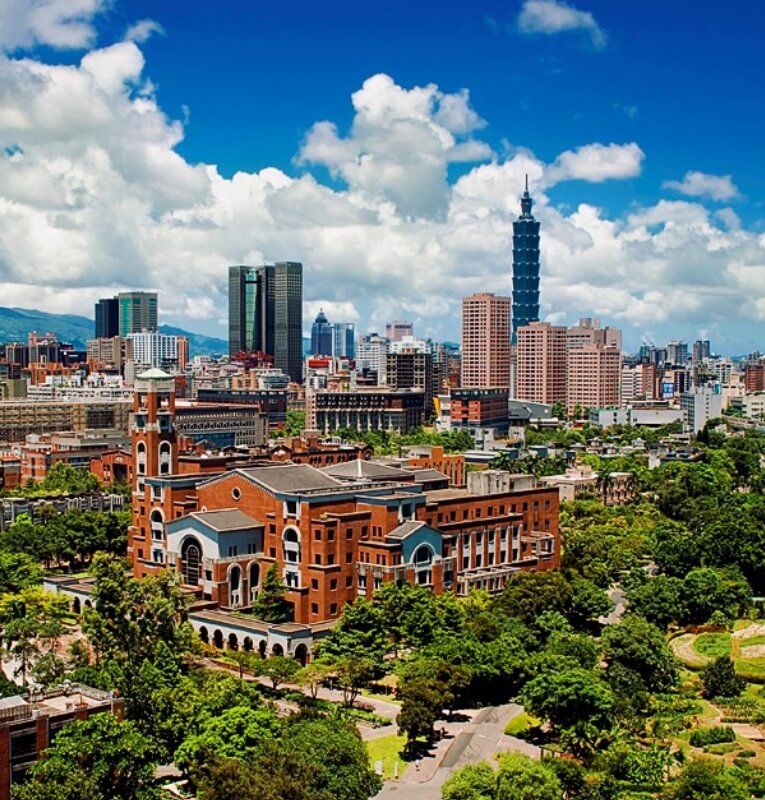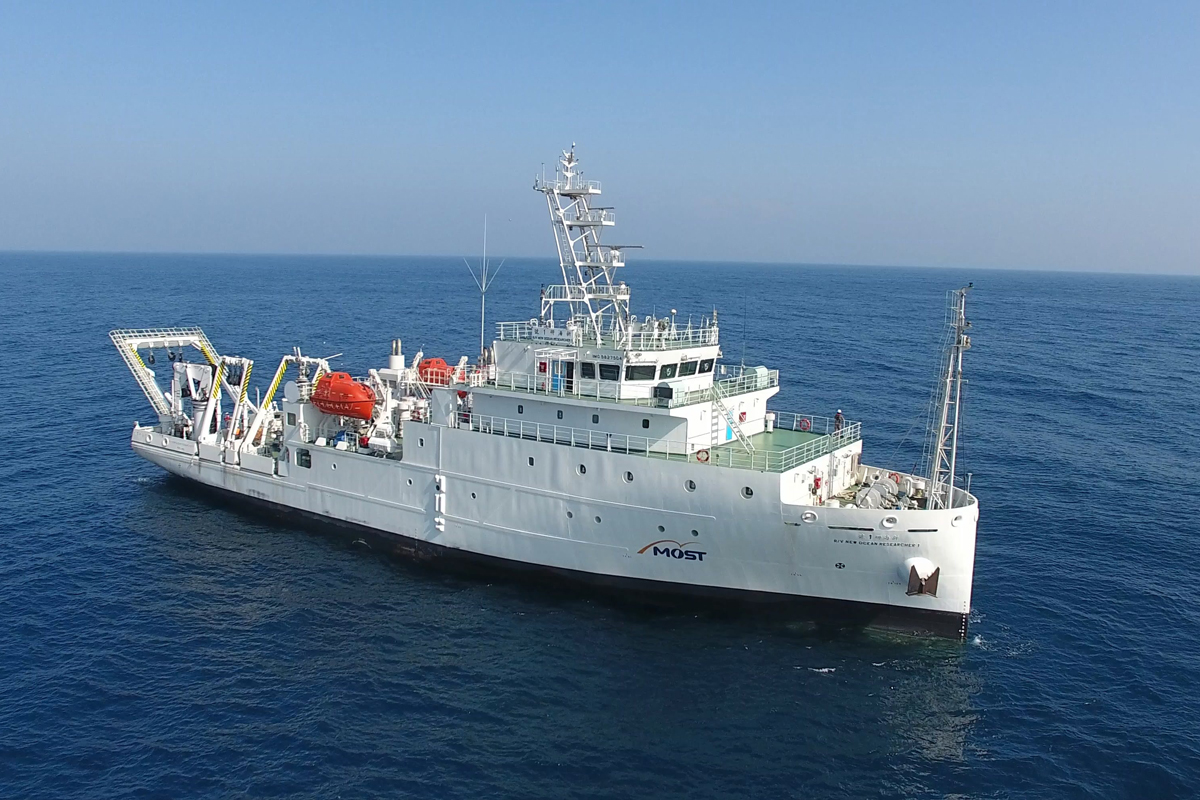NTU's water discharge guidelines and standards
National Taiwan University has implemented Stringent Wastewater Discharge Standards (encompassing 28 parameters) and established a comprehensive wastewater discharge system, including pipelines and pH adjustment tanks, to safeguard water quality and protect the ecosystem. Continuous monitoring ensures real-time tracking of wastewater conditions. In 2023, the turbidity, residual chlorine, and pH levels at the nearest water quality monitoring station were measured at approximately 0.04 NTU, 0.55 mg/L, and pH 7.4, respectively, all well within regulatory limits.
REGULATIONS FOR THE MANAGEMENT OF EFFLUENT DISCHARGED BY BUILDINGS AND LABORATORIES
Furthermore, NTU has incorporated a rainwater harvesting system requirement into the "NATIONAL TAIWAN UNIVERSITY Principles for Water Resource Management and Reuse" (Article 4), effective from 2024, to promote water conservation and reuse.
To protect marine ecosystems, NTU has established a "Management Guidelines for Research Vessels" with a specific provision (Article 12) mandating that all experimental waste must be brought back to shore upon completion of each voyage, preventing any discharge into the ocean.
Stringent Wastewater Discharge Standards

Quality Standards for Sewage That May Be Discharged Into Taipei City’s Sewerage System (Encompassing 28 Parameters)
1. Water temperature: 45 °C
2. Hydrogen ion concentration: pH 5 to pH 9
3. Sulfide (calculated by S 2 --): 90 mg/L
4. Biochemical oxygen demand (5 days at 20 °C): 600 mg/L
5. Chemical oxygen demand: 1,200 mg/L
6. Suspended solids: 600 mg/L
7. Mineral oil: 10 mg/L
8. Animal and plant based oils: 30 mg/L
9. Phenols: 5 mg/L
10. Cyanide: 2 mg/L
11. Total mercury (Hg) content: 0.05 mg/L
12. Total phosphorus (P) content: 20 mg/L
13. Cadmium (Cd): 1 mg/L
14. Lead (Pb): 1 mg/L
15. Total chromium (Cr) content: 2 mg/L
16. Hexavalent chromium (CrVI): 0.6 mg/L
17. Arsenic (As): 0.6 mg/L
18. Copper (Cu): 13 mg/L
19. Zinc (Zn): 65 mg/L
20. Iron (soluble): 10 mg/L
21. Manganese (soluble): 10 mg/L
22. Nickel (Ni): 10 mg/L
23. Silver (Ag): 2 mg/L
24. Anionic surfactants: 80 mg/L
25. Boron (B): 10 mg/L
26. Selenium (Se): 5 mg/L
27. Fluoride salt: 150 mg/L
28. Ammoniacal nitrogen (NH3 N): 50 mg/L
Management Guidelines for Research Vessels
- 12. Syringes, needles, and laboratory waste (such as reagent bottles, sample bottles, and laboratory gloves) used in experiments must not be mixed with general household waste. All experimental waste liquids and related waste must be brought back to the original laboratory by the research team at the end of the voyage and disposed of in accordance with relevant regulations. The ship will not handle any experimental waste.
- 13. Upon completion of the voyage, the chief technician must ensure that the work area is thoroughly cleaned. The research team is responsible for collecting and transporting all experimental waste and waste liquids. All research team members must leave the ship only after confirming that no experimental items have been left on board.






